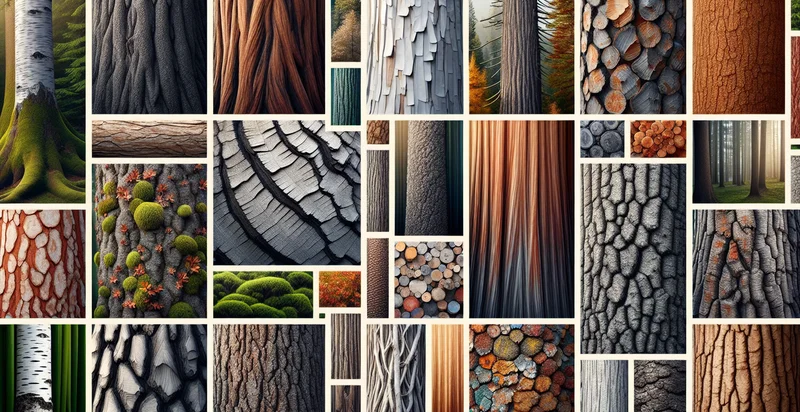Identify tree types by leaves
using AI
Below is a free classifier to identify tree types by leaves. Just upload your image, and our AI will predict what type of tree it is - in just seconds.

Contact us for API access
Or, use Nyckel to build highly-accurate custom classifiers in just minutes. No PhD required.
Get started
import nyckel
credentials = nyckel.Credentials("YOUR_CLIENT_ID", "YOUR_CLIENT_SECRET")
nyckel.invoke("tree-types-by-leaves", "your_image_url", credentials)
fetch('https://www.nyckel.com/v1/functions/tree-types-by-leaves/invoke', {
method: 'POST',
headers: {
'Authorization': 'Bearer ' + 'YOUR_BEARER_TOKEN',
'Content-Type': 'application/json',
},
body: JSON.stringify(
{"data": "your_image_url"}
)
})
.then(response => response.json())
.then(data => console.log(data));
curl -X POST \
-H "Content-Type: application/json" \
-H "Authorization: Bearer YOUR_BEARER_TOKEN" \
-d '{"data": "your_image_url"}' \
https://www.nyckel.com/v1/functions/tree-types-by-leaves/invoke
How this classifier works
To start, upload your image. Our AI tool will then predict what type of tree it is.
This pretrained image model uses a Nyckel-created dataset and has 26 labels, including Ash, Basswood, Beech, Birch, Cedar, Cherry, Cocoa, Cypress, Dogwood and Elm.
We'll also show a confidence score (the higher the number, the more confident the AI model is around what type of tree it is).
Whether you're just curious or building tree types by leaves detection into your application, we hope our classifier proves helpful.
Related Classifiers
Need to identify tree types by leaves at scale?
Get API or Zapier access to this classifier for free. It's perfect for:
- Environmental Research: Researchers can utilize a tree types by leaves identifier to gather data on tree species diversity in various environments. This allows for better monitoring of biodiversity and ecological changes over time, which is crucial for conservation efforts.
- Urban Planning: City planners can deploy the identifier in conjunction with urban greenery assessments. By classifying tree species through their leaves, planners can make informed decisions about urban forestry and green space developments to enhance aesthetics and environmental benefits.
- Agricultural Management: Farmers can use the classification function to identify tree species on their land for better management of orchards or agroforestry systems. Understanding the types of trees can lead to optimized harvesting practices and improved sustainability techniques.
- Educational Tools: The identifier can be integrated into educational platforms for schools and universities, where students can interactively learn about different tree species and their characteristics. This engagement fosters environmental awareness and appreciation among future generations.
- Mobile Gardening Apps: Gardening enthusiasts can benefit from a mobile app feature allowing them to identify tree species by their leaves. This can assist in choosing compatible plants for their gardens or understanding the maintenance needs of various trees.
- Wildlife Habitat Analysis: Ecologists can use the identifier to analyze habitats in forested areas, correlating tree species with wildlife populations. This information is vital for understanding species interactions and improving habitat management strategies.
- Climate Change Studies: Organizations studying climate change can employ the identifier to track tree species distribution and health over time. Analyzing the data gathered can lead to insights on how climate change affects different tree types, aiding in developing mitigation strategies.


